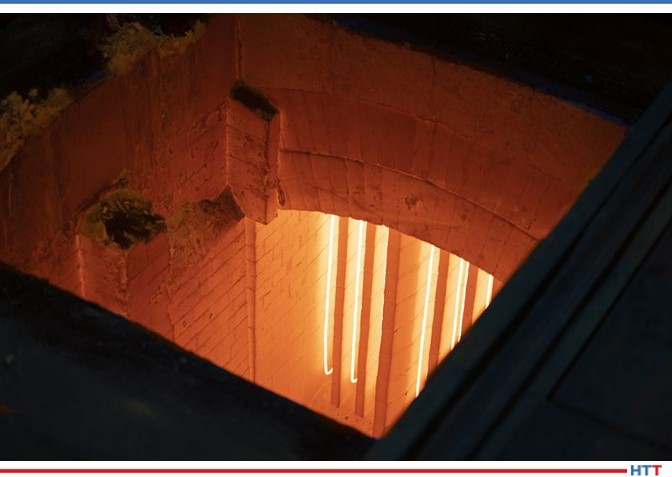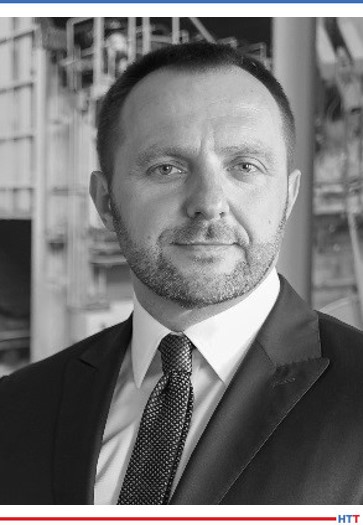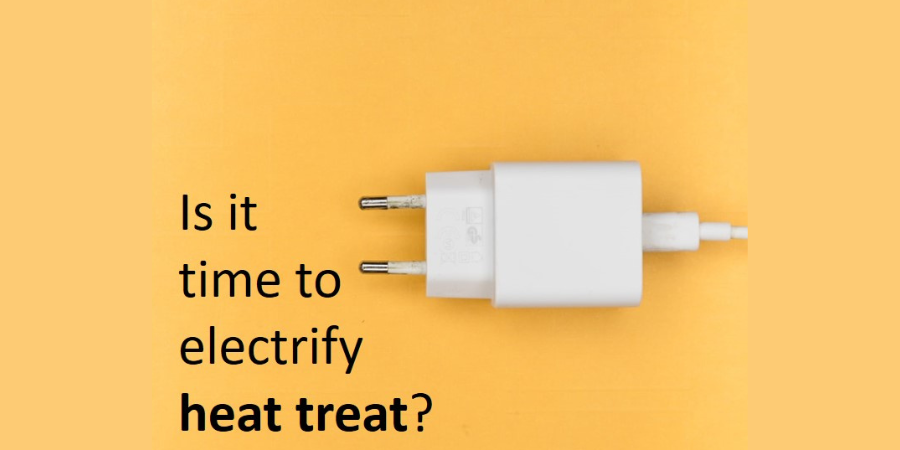![]() Heat treaters, beware: there is a new trend that "ooh! It's shocking . . . It's electric!"
Heat treaters, beware: there is a new trend that "ooh! It's shocking . . . It's electric!"
"Boogie woogie" or not, the industry is sliding into the electric trend both in how heat treaters process parts, and in the end-product of what they are processing. This original content article takes several anecdotes from within the industry to keep you up-to speed on this developing interest. Despite what the singer Marcia Griffiths says, if you do see this electric trend in other industries, email us at editor@heatreattoday.com or @HeatTreatToday when you're on social media to give us the heads up.
The electric shift is proliferating the current dialogue. Is it because it's Earth Month in the US? Perhaps, but we don't think so. Heat treaters and industry suppliers continue to promote sustainable practices, from Buehler's "Sustainable, Long Lasting, Metallurgy Supplies" list to a recent Heat Treat Today article on diffusion bonding due to changes in heat treated products.
Electric Processes
In terms of industry processes, Kanthal says "It’s time to electrify the steel industry." The goal, the company continues, is to create heat treating services that are precise and which eliminate CO2 emissions and energy consumption. In an industry which needs to use a lot of energy, viable solutions are needed to make the shift.

Source: Kanthal; Photographer, Evelina Carborn
The company claims that their initiative provides that balance of economic viability and powerful heat treating. "There are many misconceptions about electric heating – that it’s not able to reach certain temperatures, for instance," says Anders Björklund, president of Kanthal. "But with our technology, you can electrify any heating process in steelmaking. As we have proved, Kanthal has the technology, the thermal expertise, the resources and the global footprint to electrify all the highly energy-intensive heating processes."
The benefits of electric heating include reducing CO2 and NOx emissions, improving thermal efficiency, and precise temperature control. Additionally, the company notes that the reduction of noise and exhaust gases means a cleaner, quieter production process and work environment. Not as hardcore, but I guess it's nice to sometimes be able to hear the person next to you.
Electric Products
According to SECO/WARWICK, "Heat treatment is used by the automotive industry to manufacture gears, bearings, shafts, rings, sleeves, and batteries for electric cars. What is most important to this sector is the reliability of solutions, their efficiency, and process repeatability. This is why the solutions addressed for this market sector must take into consideration the need to reduce distortion, lower the process costs, shorten the process time, use efficient and effective carburizing technologies, and lower CO2 emissions."

CEO
SECO/WARWICK
Source: secowarwick.com
Specifically related to Europe, "The ACEA (European Automobile Manufacturers' Association) report shows that as much as 29% of all EU R&D spending in the year preceding the pandemic was made by automotive players," Sławomir Woźniak, CEO, SECO/WARWICK Group revealed. "This is an industry that is open to novelties, which is why we are actively looking for solutions that will effectively support production in the automotive area."
And there is an alphabet of applications to look for. The above company points to low-pressure carburizing and high-pressure nitrogen quenching technologies in their CaseMaster Evolution–T as one option that has been popular for automotive heat treaters in the past. The same company had also reported a major sale last year to a manufacturer who would be brazing electric car batteries with controlled atmosphere brazing, or CAB, technology. Lastly, diffusion bonding -- as mentioned earlier in the article -- may be a new process for treating new products like electric vehicles since "several unique advantages for complex geometric structures and materials that can operate under strenuous high-performance conditions" (The “Next Leap”: Diffusion Bonding for Critical Component Manufacturing).
Conclusion
With a new administration in the United States heavily pushing for certain new energy outlets, there are mixed reactions and questions. One commenter on a recent Industry Week piece commented, "as I drive to work every morning I pass 6 or 7 privately owned fracking wells operating safely at full tilt right down the road from one abandoned solar mirror plant built in 2010 at a wasted cost of over $20 mil to the taxpayer... and I ask myself which of these assets was the 'smart investment of the future,' and which proved the fool's errand?" Still, electric processing and products seems to be receiving a huge push in industry, with both private individuals and political pressures emphasizing the virtues of electric.
To read more about caveats to this trend and what may pose a challenge to a purely electric revolution, check out this opinion editorial by WS Thermal on green gases.







